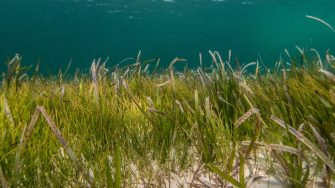Improving seagrass restoration in Australia and beyond
Associate Professor Paul Gribben from UNSW Science will receive $643,998 to investigate the role of sediment microbes in improving the health of threatened seagrass species across Australia and Singapore.

